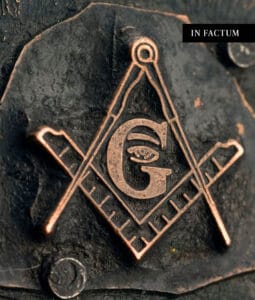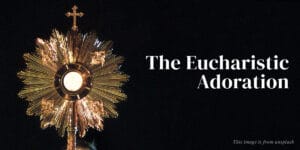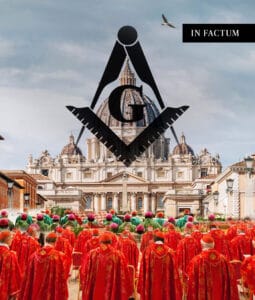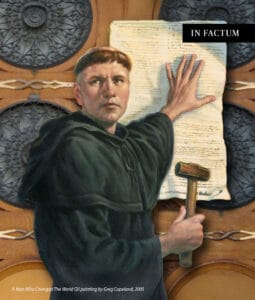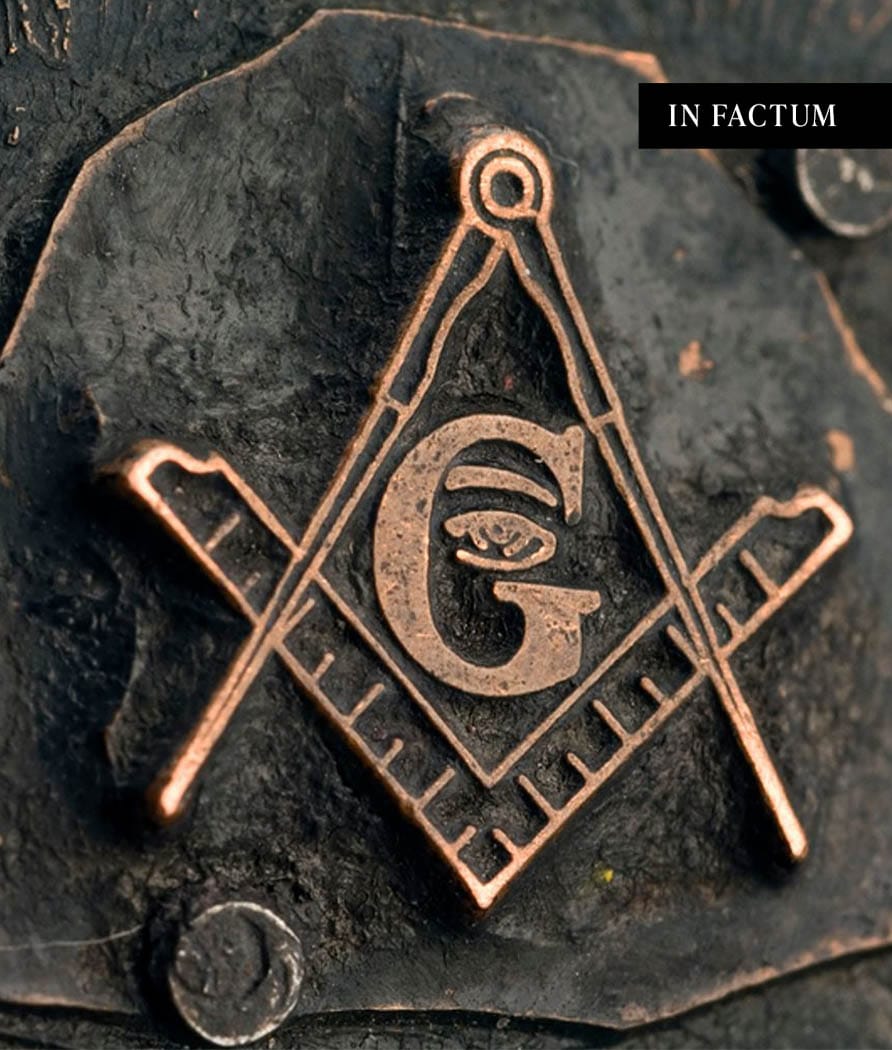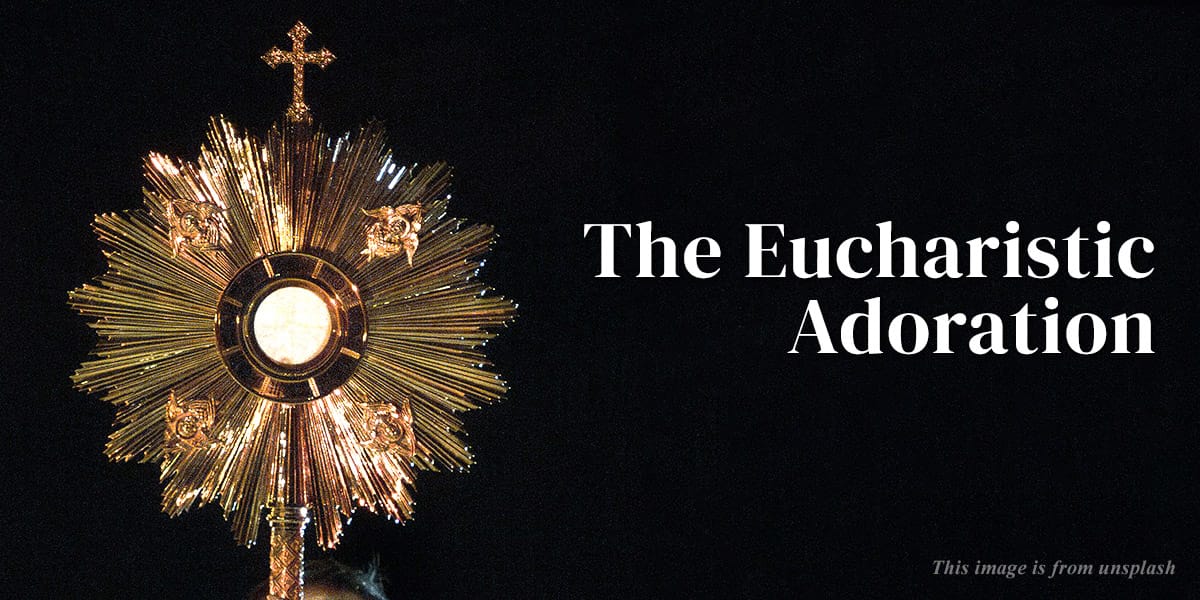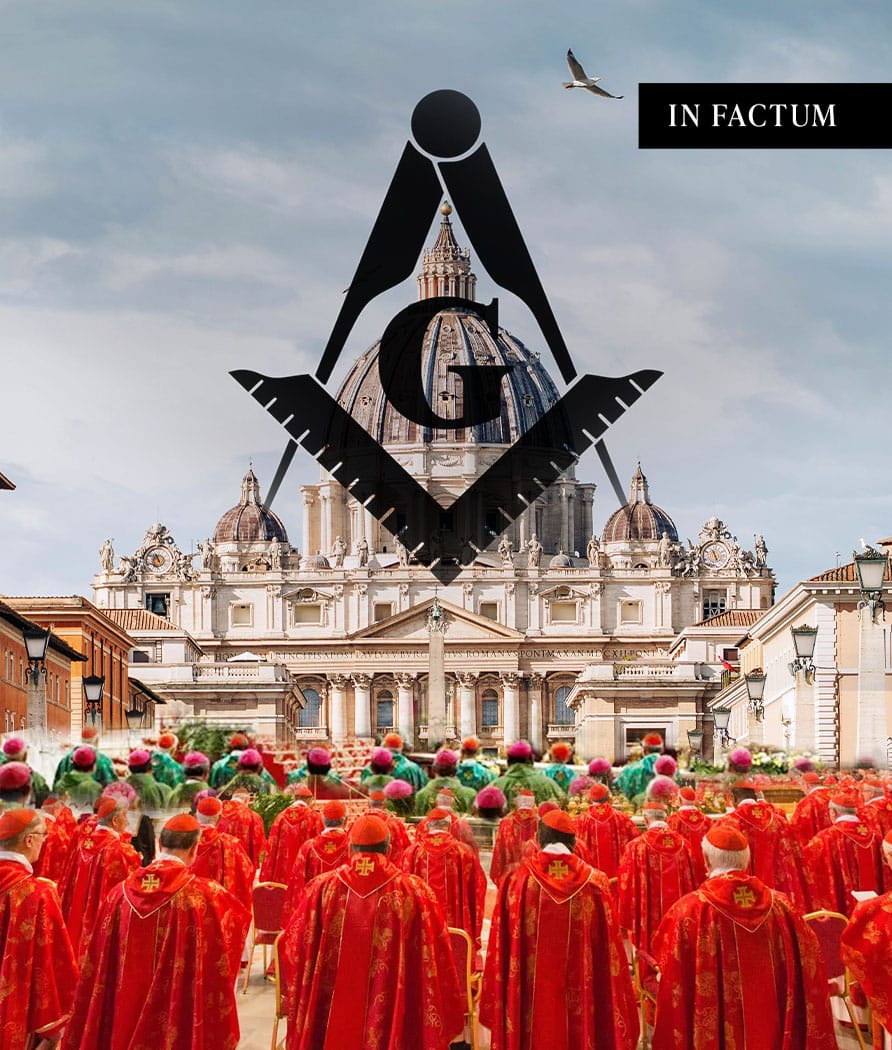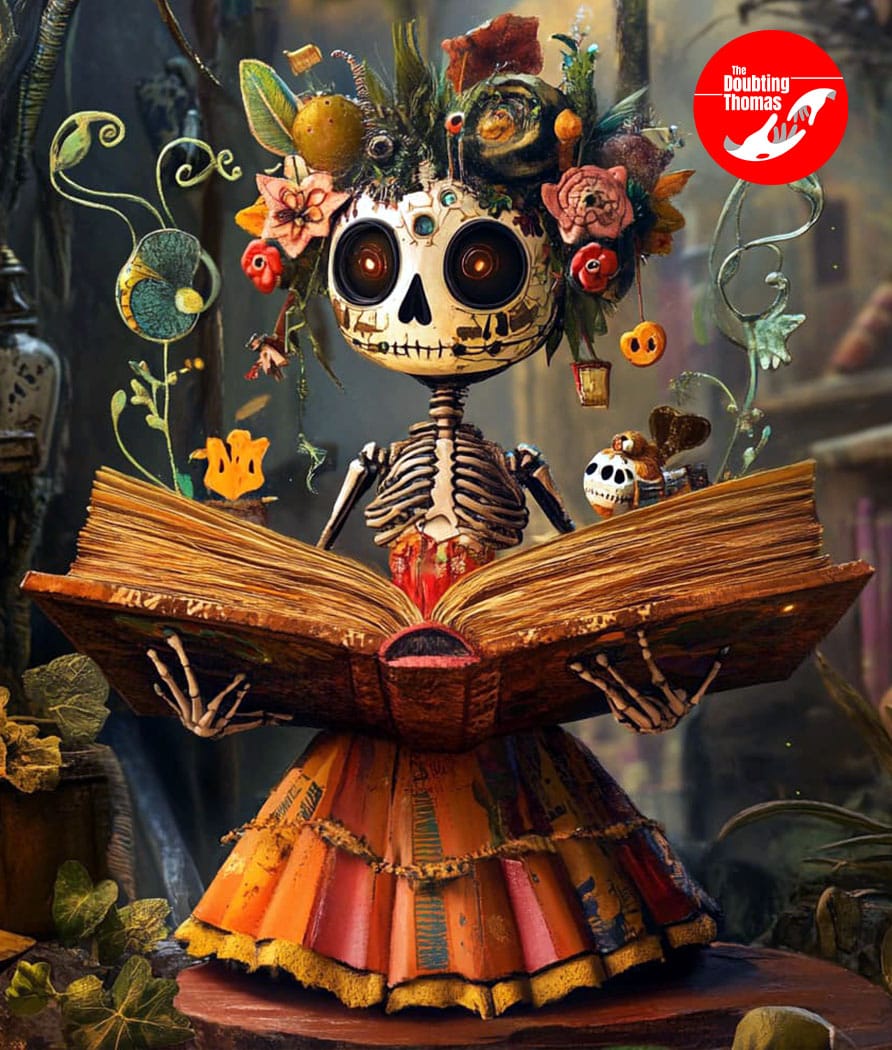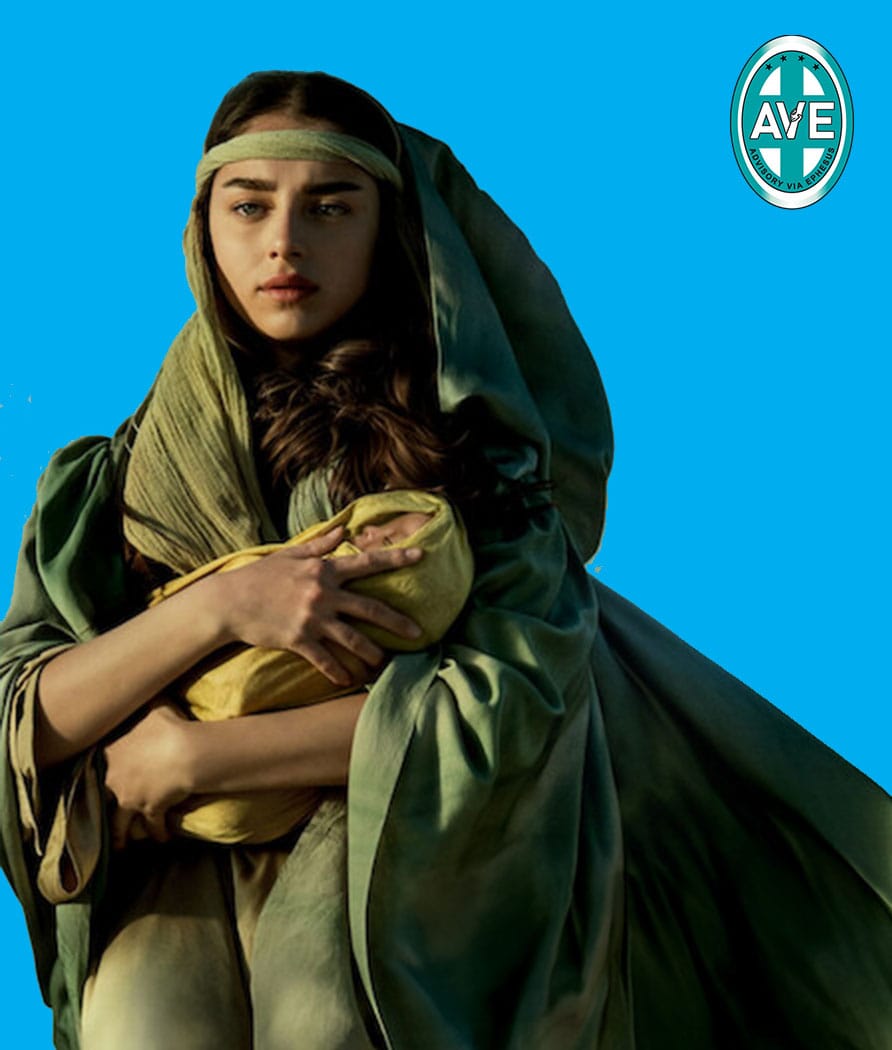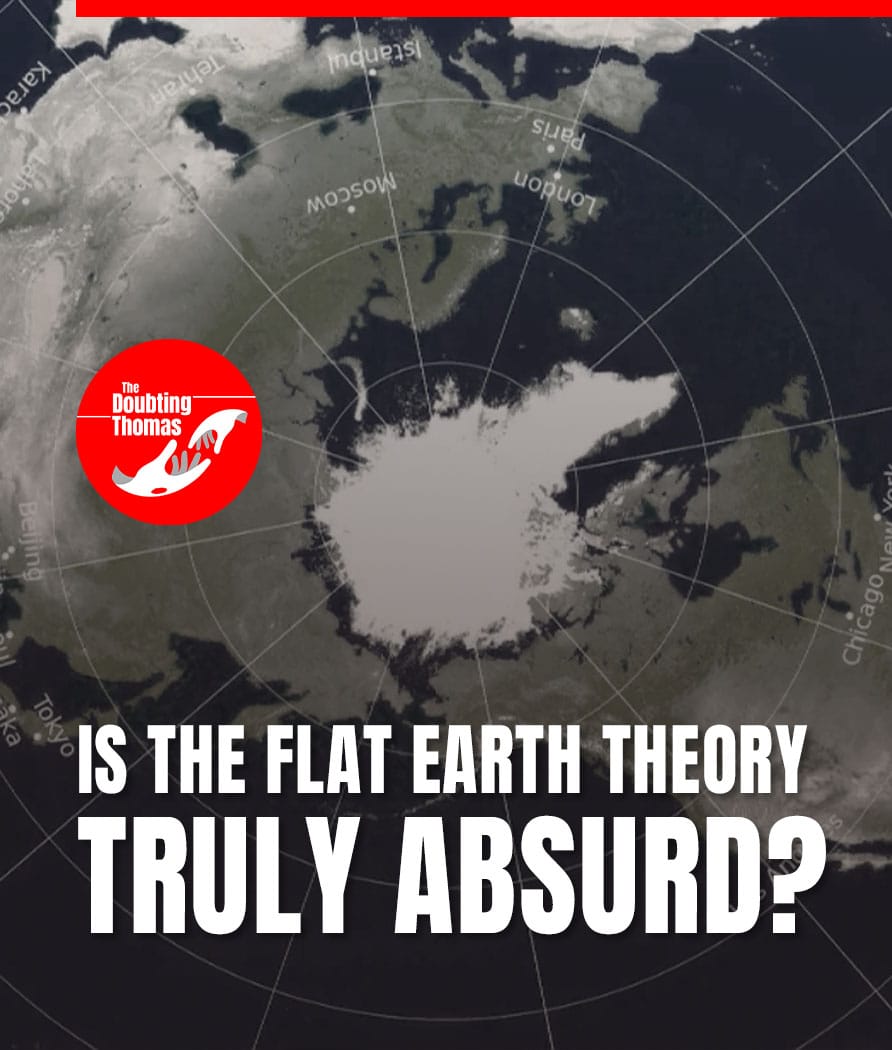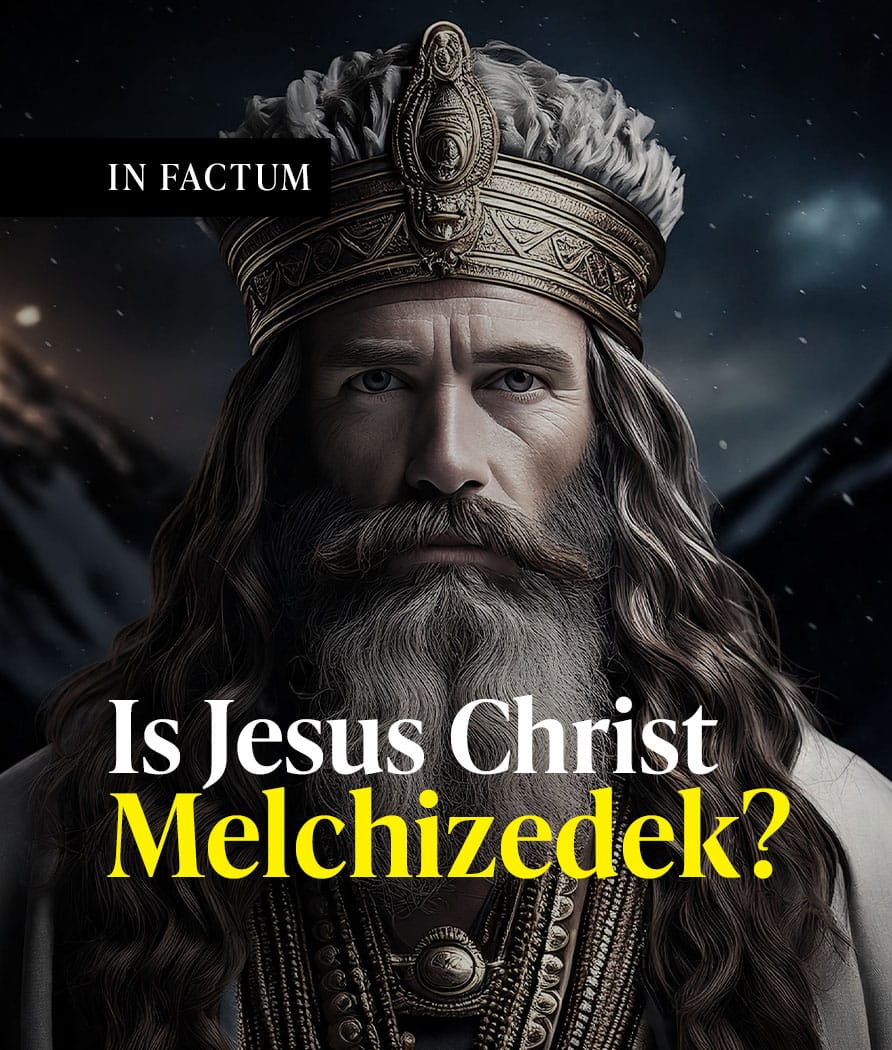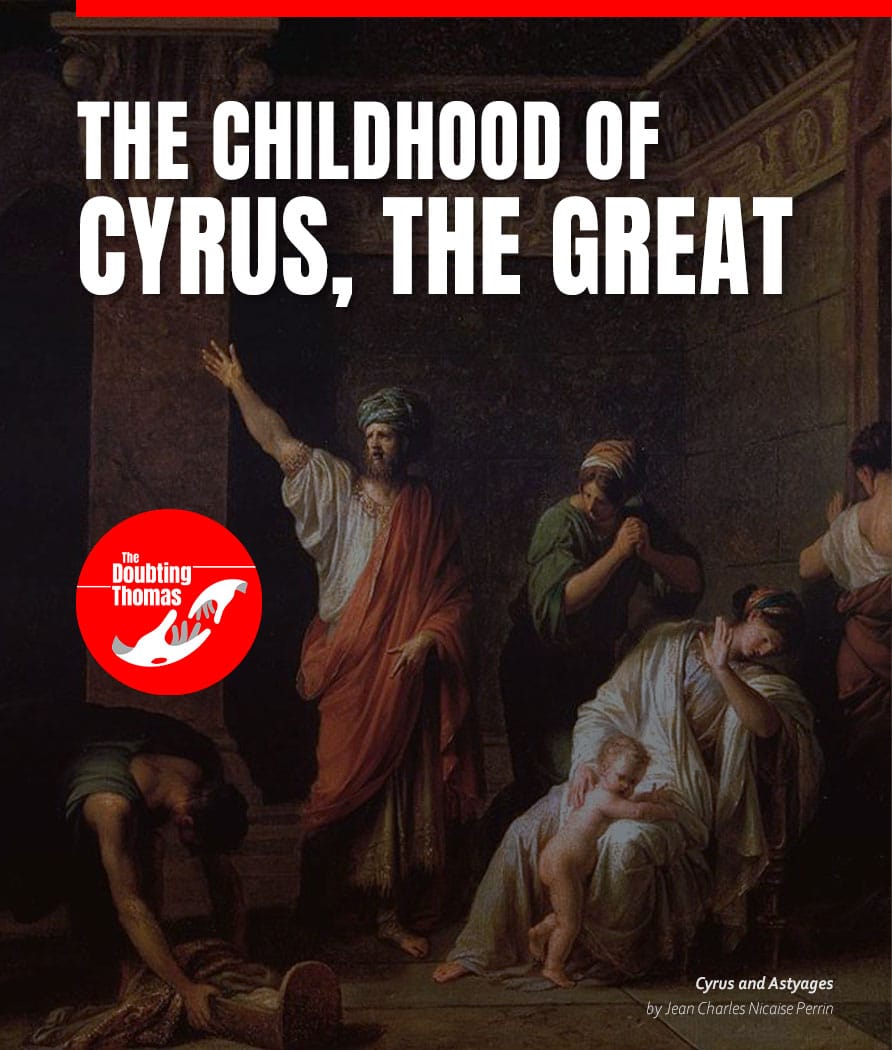TRADITIONAL LATIN MASS
The Traditional Latin Mass also known as the Tridentine Mass and the Extraordinary Form of the Mass was celebrated in the past before the Mass of Pope Paul VI or the Novus Ordo Mass. It has three levels of celebration, but is often declared as four. The language used is Latin and singing is the main form of prayer.
1. THE LOW MASS or MISSA LECTA
The Low Mass was often celebrated on weekdays, Saturdays, and Sunday afternoons. Only one Altar Server was present for the Priest’s celebration. The prayers were only read without any music or opening and closing procession, and lasted for about an hour. There is also no sprinkle of Holy Water and incense on the Altar and the people. And when the Mass is ended, the Priest together with the faithful pray the Leonine Prayers (Three Hail Mary, Salve Regina, Prayer to Saint Michael the Archangel and Three Sacred Heart of Jesus, Have Mercy on us).
2. THE SUNG MASS or MISSA CANTATA
Sung Mass was frequently performed on Sunday mornings and on special occasions or feast days. The celebration was led by the Priest and supported by additional altar servers. All the prayers are mostly sung. There is music, choir, opening and closing procession, sprinkler of Holy Water, and Incensing of the altar, bread, wine, and people. Unlike the Low Mass, the Sung Mass lasts for 1 and half hours, except on special occasions or feast days where it lasts for two hours. The Leonine Prayers are not performed after the mass.
3. THE HIGH MASS or MISSA SOLEMNIS
High Mass, like the sung Mass, was frequently held on Sunday mornings and on important feast days. Before Vatican II, it was common for it to be celebrated every Sunday. At this level, the Deacon and Subdeacon are the ones who primarily assist the Priest and play a significant role in the Mass. For example, in Low Mass and Sung Mass, the priest is the only person who will read the Epistles and Gospel. In the High Mass, the subdeacon reads the Epistles while the deacon reads the Gospel. This level lasts for one and a half hours, except on special occasions or feast days, where it lasts for two hours. No Leonine Prayers are performed after the mass. Due to the abrogation of the subdeacon during the Vatican II Council, some traditional priest societies are unable to celebrate the High Mass. This order is only maintained by Traditional Priest Societies, and subdeacons are usually in seminaries to study. Sometimes, when a church celebrates the High Mass, the other priests fill the role of deacon and subdeacon.
a. THE PONTIFICAL HIGH MASS – The Pontifical High Mass is similar to the High Mass, but the bishop is the one who celebrate the Holy Mass, and his main assistants are the priest who filed the role of the deacon and subdeacon. During mass, the deacons, subdeacons, and altar servers offer additional assistance. It is under the High Mass, but sometimes considered as the fourth level of celebration.
THE NOVUS ORDO MASS
Under the Vatican II Council, Pope Paul VI codified the Novus Ordo Mass. The Mass is similar to the Protestant Mass and is now mostly used in the Catholic Church. The only difference between the Novus Ordo Mass and the other ones is that there are no subdeacons. And the altar servers are mostly replaced by the lay ministers, especially women reads the Old Testament and Epistles, which is very different to the traditional because only men can assist in the mass.
1. DAILY MASS
The daily Mass was celebrated on weekdays, Saturdays, and sometimes on Sunday afternoons. It is in line with the Low Mass of the Traditional Latin Mass. There is no opening and closing procession, no music, and sometimes no sprinkling of the Holy Water and incense. The daily mass lasts between 45 minutes and more, sometimes it lasts for 30 minutes on weekends and Saturdays.
2. ORDINARY MASS
The Ordinary Mass was celebrated on Sunday mornings, but sometimes in the afternoons. It is similar to the Sung Mass and High Mass. The prayers were sung, there was music and choir, an opening and closing procession, holy water was sprinkled, and the altar table and people were incensed. The bishops are capable of celebrating this mass. If there’s a special occasion, it can last for an hour or more. Though some faithful don’t know the difference of the Day and Ordinary Mass because some Priest celebrate Daily Mass but add some parts of the Ordinary Mass like music or incensing.

